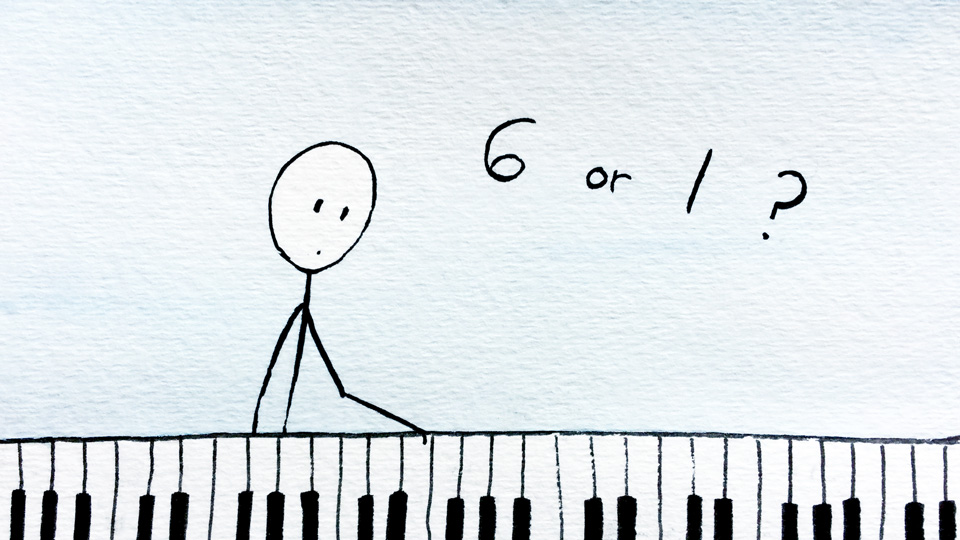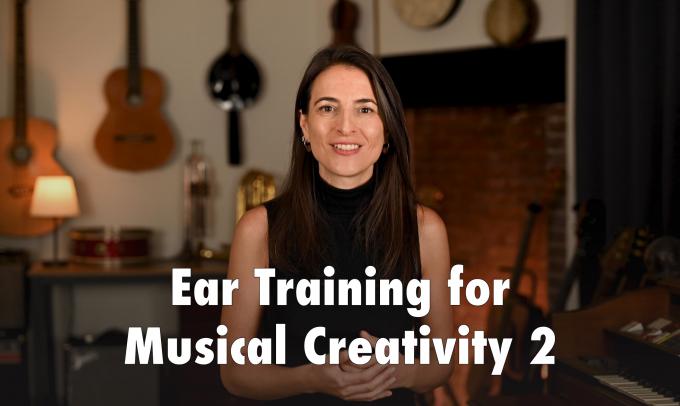Hi David,
I’ve only watched the free videos on your YouTube channel but I have found them very interesting to say the least. I have a question about how you talk about minor keys. When a song is in a minor key, I noticed that you call the root “note 6” instead of “note 1”. Why wouldn’t we call it note 1?
Thank you,
Lucas
David’s response:
Hi Lucas,
This is a great question that we get all the time. I understand your concern, because in your mind you're equating "note 1" with the tonal center. (Wherever you feel the root of a song, you feel like this note needs to be called "note 1".) So this requires you to manage a whole new set of notes called a "minor scale", with a whole different series of chords. But in almost every one of these songs that sound like they're in a "minor key" to your ear, all that's happening is that the song spends a lot of time in the 6- chord.
For improvisers, it's incredibly empowering to understand this because it allows you to understand the chord progressions to songs without having to manage artificial key changes every time the tonal center shifts from one chord to another. As improvisers, we always want to see the entire musical landscape at once. And what you're describing as a "minor key" is really nothing more than the 6- chord. So learning to see this is an important part of understanding and mastering modern harmony.
Where this tonal point of view really pays off is when you begin to work with chord progressions. In IFR Jam Tracks Level 2: Pure Harmony Essentials, you’ll begin improvising over your first chord progressions. And using the tonal point of view that I'm describing, you’ll be able to weave your own melodies effortlessly across these chord progressions.
To see a demonstration of what it feels like to have this bird’s eye view of the harmony, here’s a great video lesson on the IFR exercise Melody Paths.
On a personal note, I really want to encourage you to be open to this vision of the notes. You really have nothing to lose, because you're not going to lose your ability to see that "minor scale" as 1, 2, b3, etc. But by learning to picture WHERE these sounds are located in the overall key of the music (notes 6, 7, 1, etc.), you're going to unlock so many benefits for your melodic improvisation.
Also I think you'll find that it only takes a day or two to begin getting comfortable with this tonal point of view, and then you'll really start to feel the excitement of this approach when you realize how easily you can visualize all of the other chords on the same tonal map. So I hope you'll discover this empowering vision of harmony! And if you need any help along the way, don't hesitate to write and I'll be happy to help you.
Thanks for the great question,
David

